By Christopher Miskimon
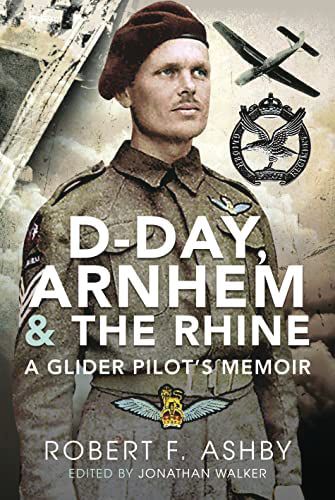 Glider Pilots occupied a perilous position in British airborne divisions. It took skill and determination to pilot a glider. These pilots could expect to land under difficult conditions while being shot at by the enemy. In the back could be over two dozen soldiers, a vehicle and artillery piece, or vital supplies. Once on the ground, glider pilots had no way to withdraw and so became foot soldiers, expected to fight and serve alongside the infantry, medics, and other troops battling behind enemy lines. Robert Ashby, a librarian before the war, volunteered for flight duties and became pilot of a Horsa glider. He took part in assault landings at D-Day and Arnhem during 1944 and the airborne operations over the Rhine in March 1945. Often, he carried a Sten submachine gun and a PIAT anti-tank launcher, common for glider men.
Glider Pilots occupied a perilous position in British airborne divisions. It took skill and determination to pilot a glider. These pilots could expect to land under difficult conditions while being shot at by the enemy. In the back could be over two dozen soldiers, a vehicle and artillery piece, or vital supplies. Once on the ground, glider pilots had no way to withdraw and so became foot soldiers, expected to fight and serve alongside the infantry, medics, and other troops battling behind enemy lines. Robert Ashby, a librarian before the war, volunteered for flight duties and became pilot of a Horsa glider. He took part in assault landings at D-Day and Arnhem during 1944 and the airborne operations over the Rhine in March 1945. Often, he carried a Sten submachine gun and a PIAT anti-tank launcher, common for glider men.
This memoir is full of the small, personal details which make it such a pleasure to read. This book does not fail to deliver on the interesting vignettes which commonly fail to appear in more general histories. It is well written, and the editing keeps the narrative flowing and coherent. This work provides insight into the three major British airborne operations in the European theater.
D-Day, Arnhem and the Rhine: A Glider Pilot’s Memoir (Robert F. Ashby, edited by Jonathan Walker, Pen and Sword Books, South Yorkshire, UK, 2022, 177 pp., maps, photographs, notes, bibliography, index, $34.95, hardcover)
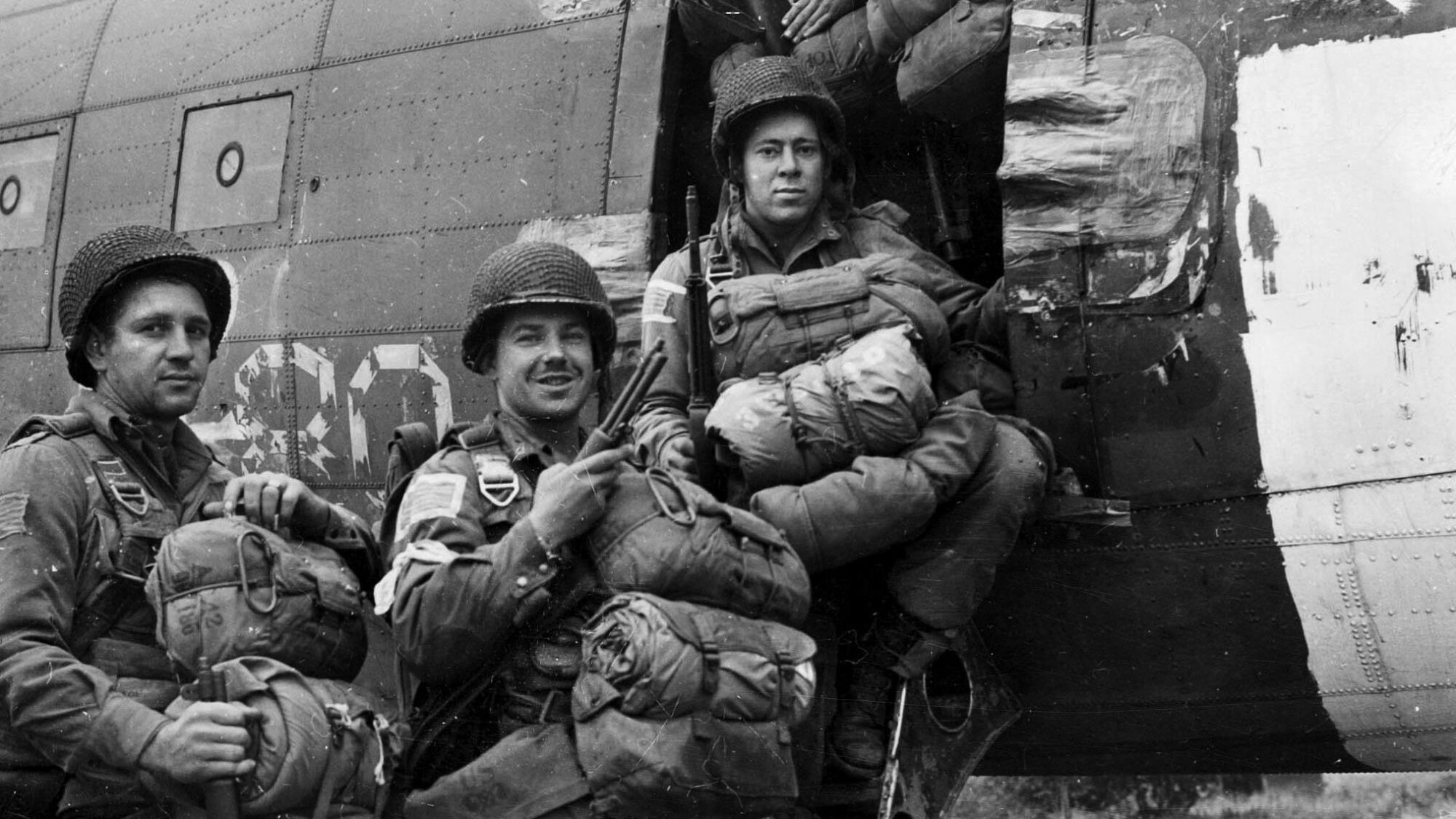
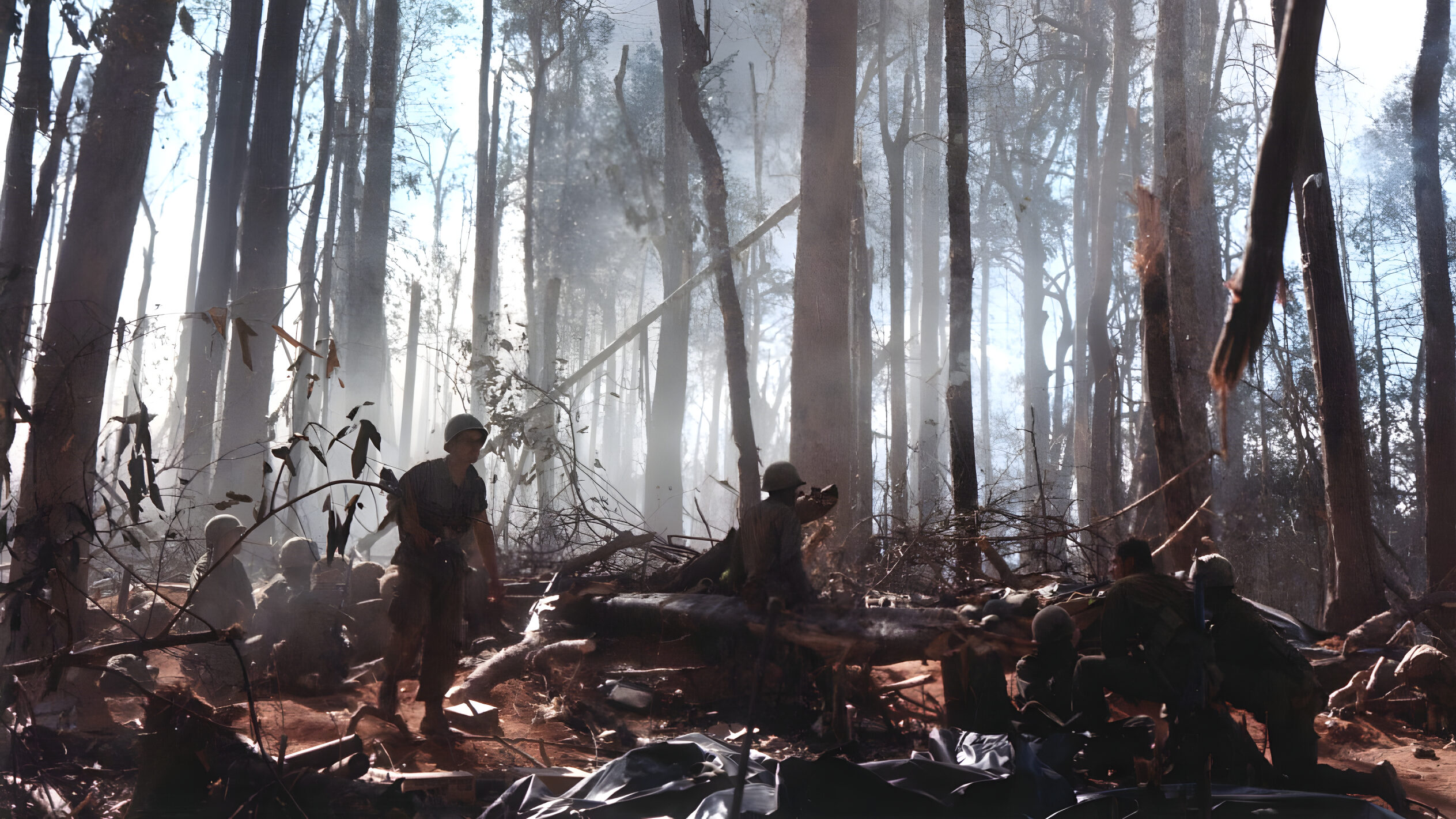
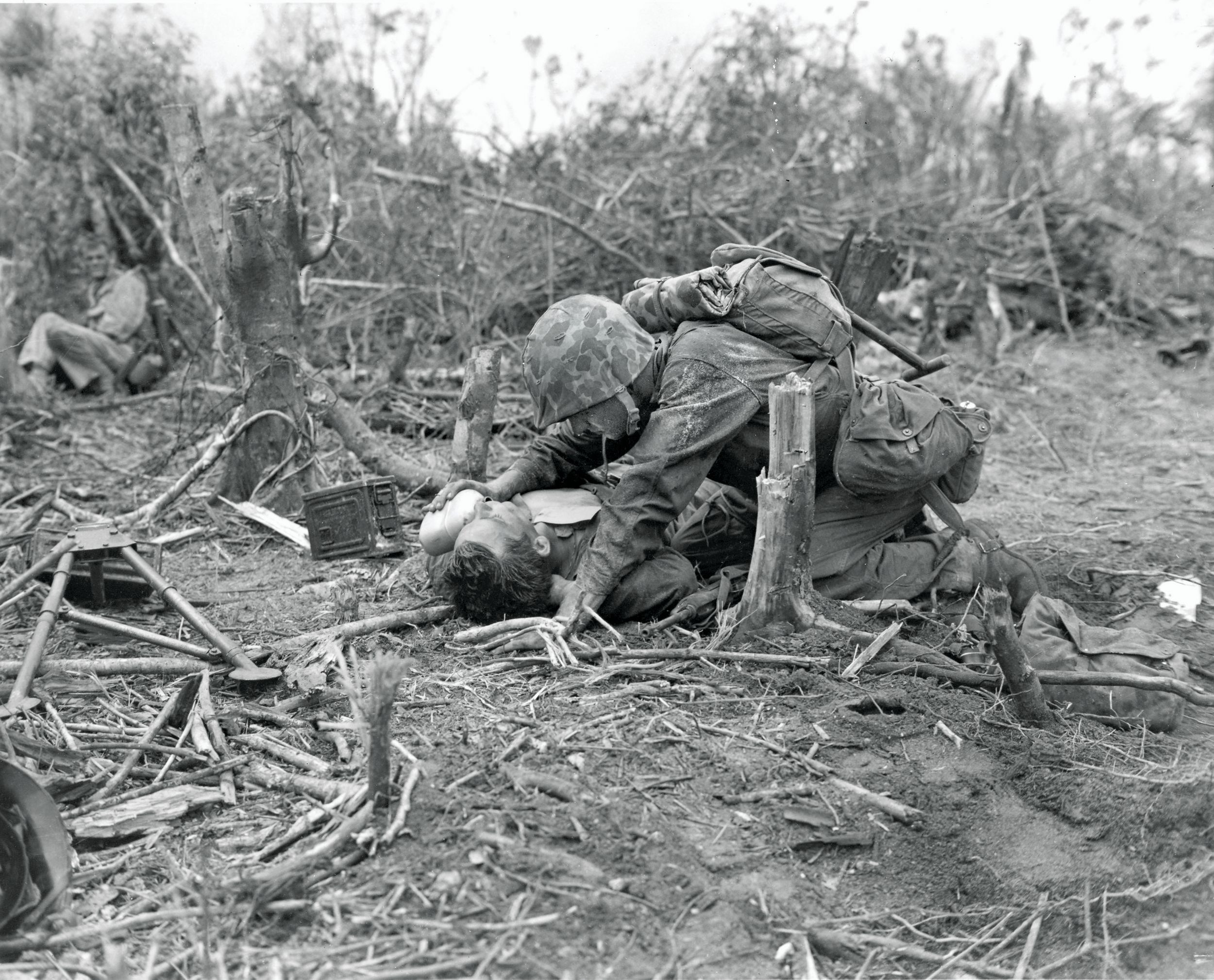
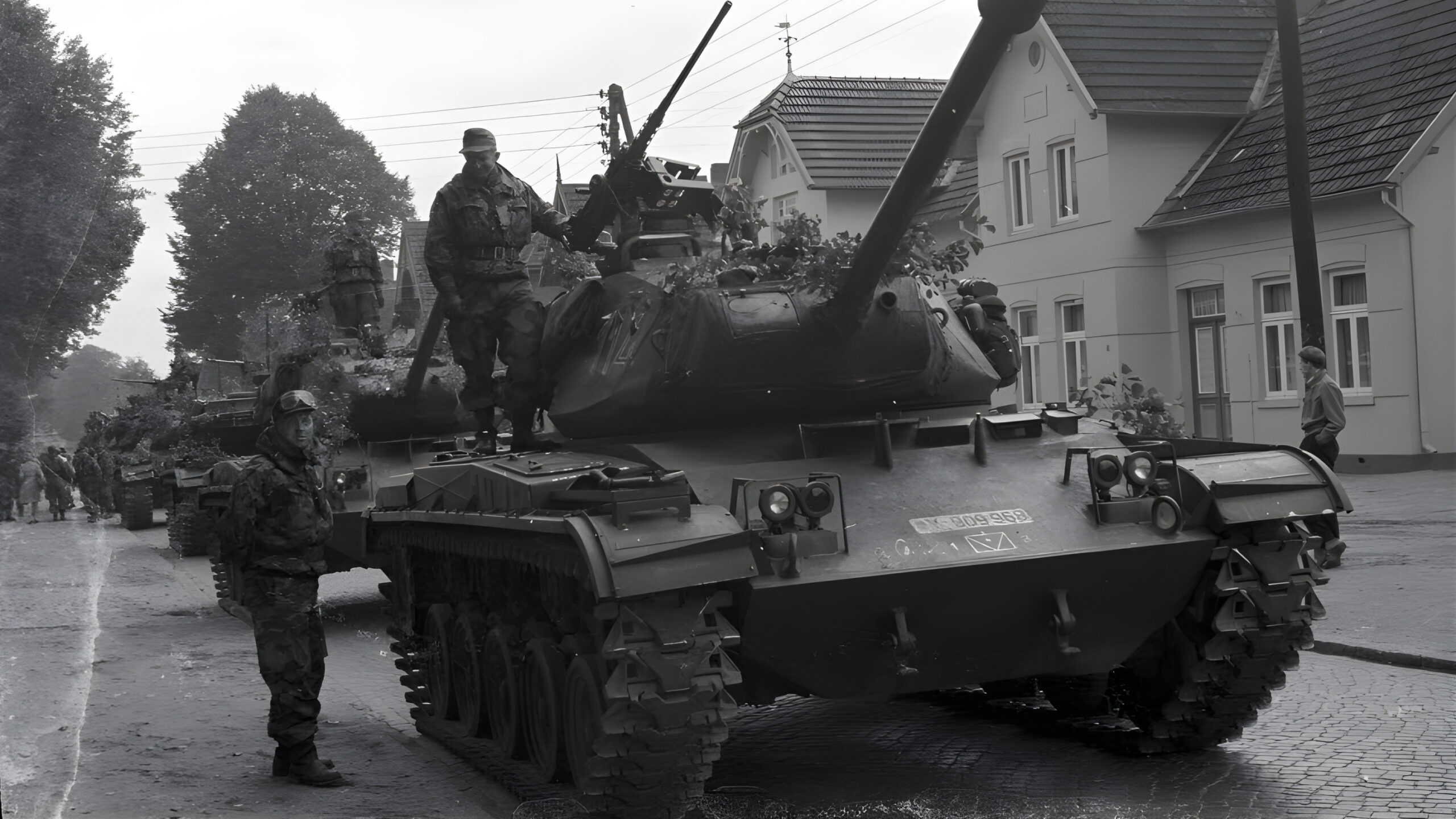
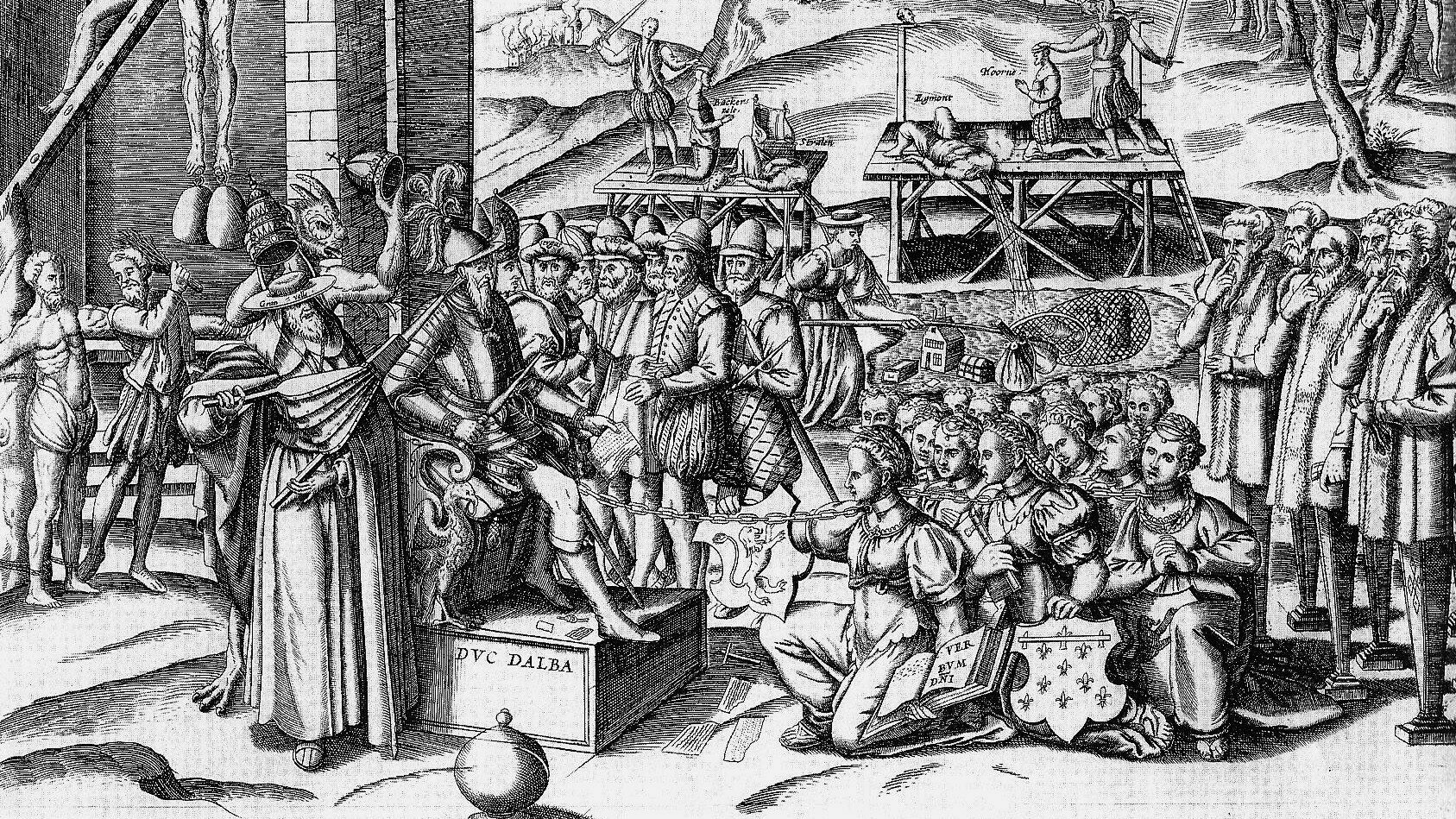
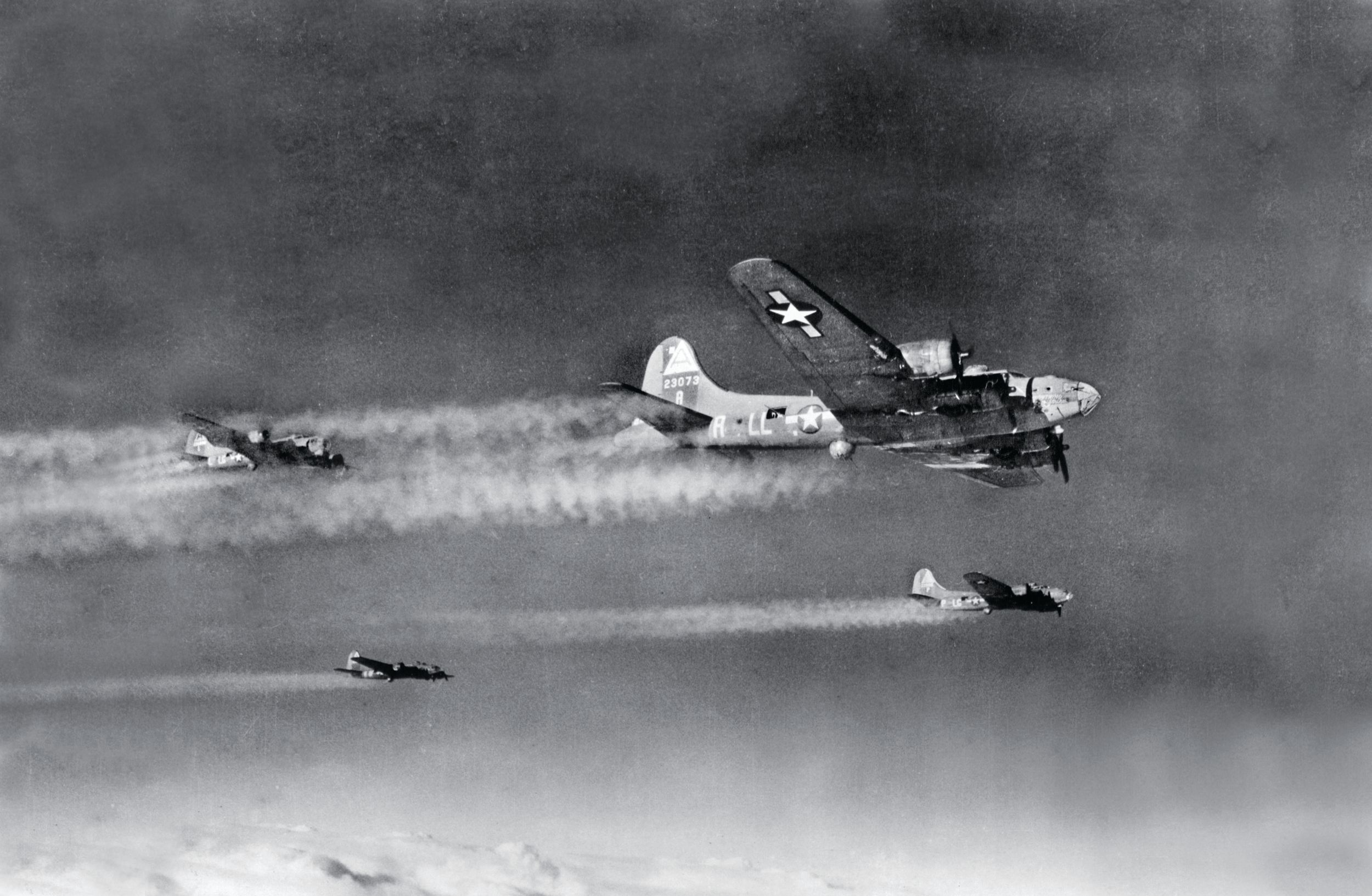
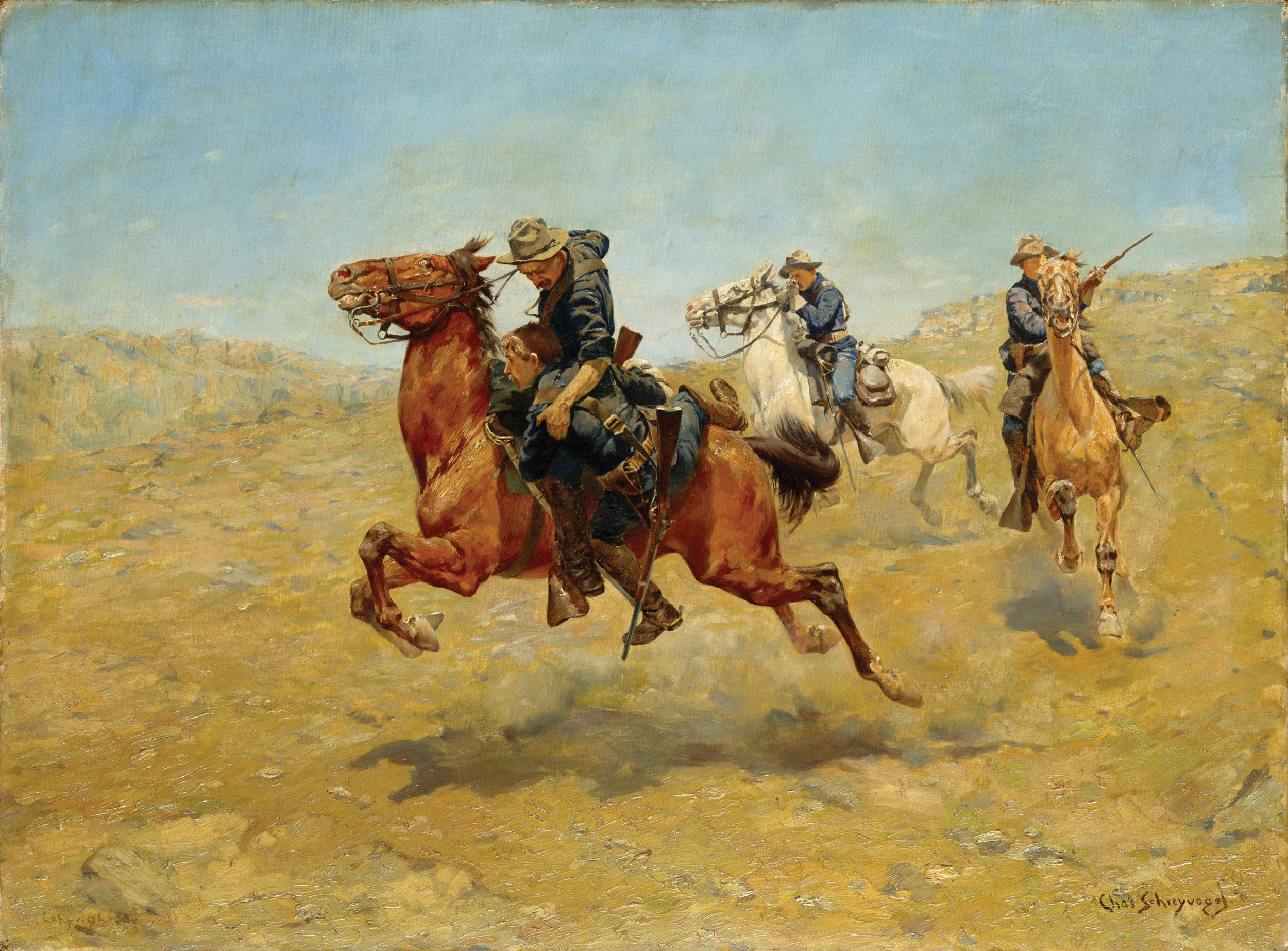
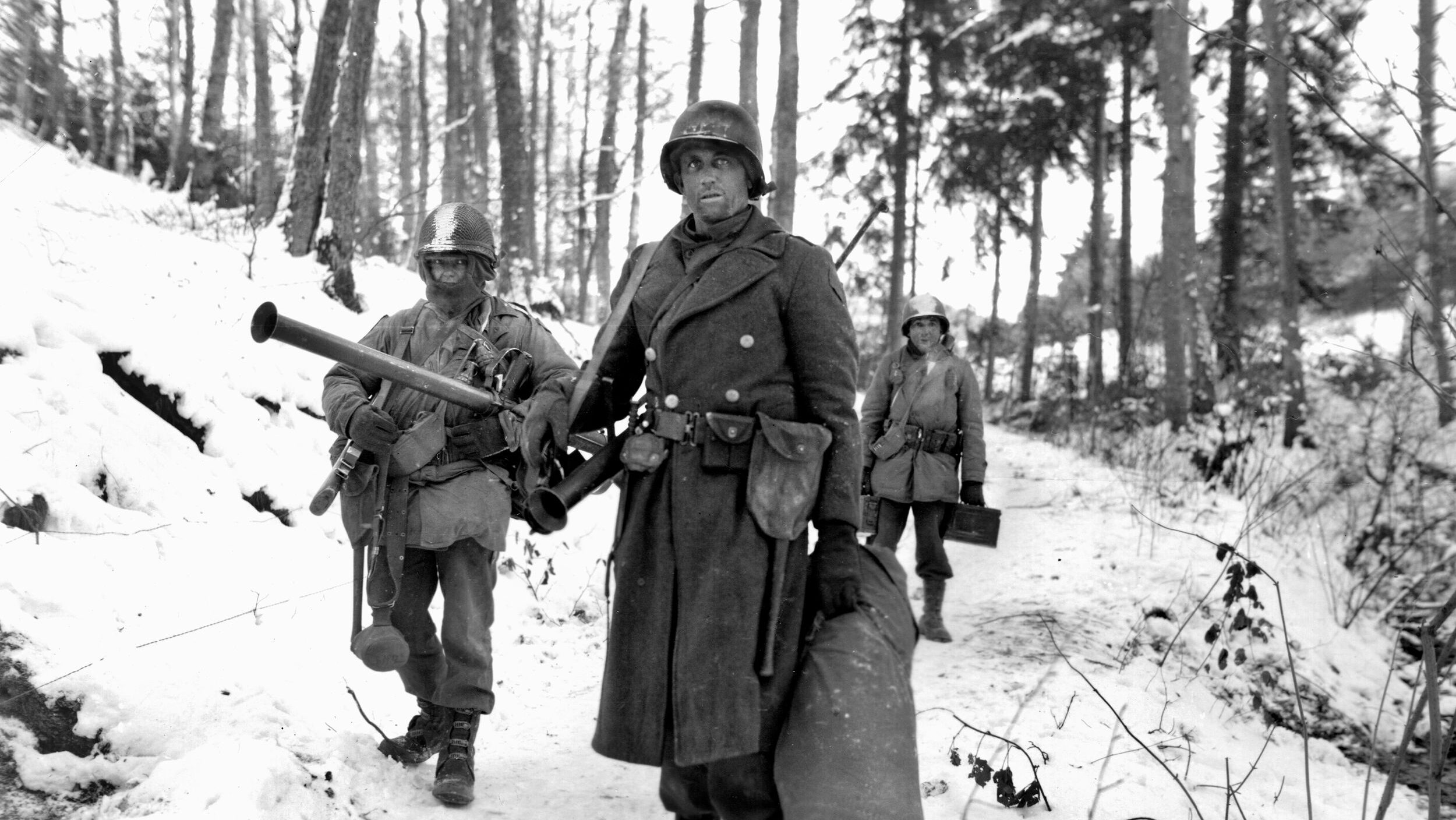
Join The Conversation
Comments
View All Comments